How Do Security Cameras Work: Everything You Need to Know
Security cameras have evolved from simple, standalone devices into powerful, interconnected systems that serve as the backbone of modern surveillance. Whether you're safeguarding your home, monitoring your business, or simply looking for peace of mind, understanding how security cameras work is essential. In this comprehensive guide, we break down everything you need to know about the technology behind security cameras, how wireless security cameras work, the types of cameras available, key components, storage methods, and more.
How Security Cameras Work: The Basics

Security cameras function by capturing video, transmitting data to a storage or viewing device, and allowing for playback and monitoring. Though it may seem simple, each of these steps involves sophisticated technology, including optics, wireless communications, and advanced processing software.
Core Functionality
At the heart of how security cameras work are three core functions that combine hardware, networking, and data management. Here’s how they break down:
Capturing Video
Security cameras use a combination of optics and digital technology to record what’s happening:
- Lens: Determines how wide the camera can see (field of view).
- Image Sensor (CCD or CMOS): Converts light into digital information that can be processed.
- Resolution: Impacts image clarity; higher resolution sensors capture more detail.
Video processing software then enhances the quality of the captured footage by reducing noise and improving clarity, ensuring the video footage is as clear and useful as possible.
💡 Fun fact: CMOS sensors are more common in today’s security cameras due to their energy efficiency and affordability.
Transmitting Data
Once the video is captured, it needs to be sent somewhere to be viewed or stored. Cameras can transmit this data using:
- Wi-Fi: Most popular for wireless security cameras—simple and effective for homes.
- Ethernet or coaxial cables: Standard in wired cameras for a strong, reliable connection.
- 4G or LTE: Ideal for remote locations without access to Wi-Fi.
🔄 Some cameras even support hybrid methods (e.g., PoE + Wi-Fi backup) for added reliability.
Storing Footage
Security camera video footage can be saved in multiple ways depending on system design and user preference:
- Local storage:
- DVR for analog systems
- NVR for IP-based digital systems
- MicroSD cards in stand-alone models
-
Cloud storage:
- Offers easy remote access
- Often comes with subscription plans
- Automatically backs up and secures footage
🛑 Security tip: If your internet is unreliable, combining cloud and local storage ensures continuous recording.
Types of Security Cameras
Security cameras come in various styles, each designed for different use cases. For those interested in choosing the best security cameras, see how top brands compare. Explore different camera types here:
- Indoor cameras: Compact, lightweight, and designed to monitor interior spaces.
- Outdoor cameras: Built to withstand the elements and often include night vision and weatherproofing.
- Doorbell cameras: Positioned at entrances to provide live views and two-way communication.
- PTZ cameras: Pan-Tilt-Zoom models offering flexible coverage.
- Wire-free cameras: Battery-powered for easy relocation.
Wired vs. Wireless Security Cameras
🔌 Wired Security Cameras
- Use Ethernet or coaxial cables to transmit both video and power.
- Offer a reliable connection with minimal interference.
- Often support higher-quality video streams, especially over Ethernet.
- Typically connected to DVRs (for analog) or NVRs (for IP) systems.
- Best suited for large properties and permanent setups.
⚠️ Downsides:
- Require professional installation or advanced DIY skills.
- Limited flexibility—harder to relocate after installation.
📶 Wireless Security Cameras

- Often referred to as Wi-Fi cameras, they transmit data via your home’s wireless network.
- Wi-Fi security cameras are easier to install—great for renters or smaller homes.
- Ideal for users who want a cleaner setup with fewer wires.
💡 Not all wireless cameras are truly wire-free. Many require a constant power connection, making them "wireless" only in terms of data transmission.
✅ It may be easier to install wireless security cameras (battery-powered) than hardwired cameras, but they may require frequent recharging or solar accessories.
Indoor vs. Outdoor Cameras
🏠 Indoor Cameras
- Ideal for monitoring pets, kids, and interior spaces like hallways, bedrooms, and entry points.
- Tend to be smaller, lightweight, and less weather-resistant.
- Typically don’t require the same rugged build as outdoor models.
🌧️ Outdoor Security Cameras

- Engineered to withstand rain, heat, snow, and dust.
- Look for cameras with IP65 or higher weatherproof ratings.
- Often include night vision, motion-activated spotlights, and wider fields of view.
Explore indoor solutions here: Indoor Camera Collection
Analog vs. IP Cameras
📼 Analog Cameras (CCTV)
- Use coaxial cables to send video signals to a DVR.
- Lower cost and more basic functionality.
- Limited in resolution and feature set—no smart integrations or remote access by default.
🌐 IP Cameras (Internet Protocol)
- Transmit high-definition digital video over a network.
- Offer features like:
- Motion detection
- Mobile access & cloud storage
- AI-powered alerts
- Can be integrated with smart home systems like Alexa or Google Assistant.
🎯 While analog systems remain viable for budget setups, IP cameras dominate the modern market for wireless surveillance cameras due to their flexibility, clarity, and smart capabilities.
Key Components
Understanding the hardware behind the scenes helps explain how security cameras function. These aren’t just plug-and-play devices—they rely on a combination of optics, electronics, networking, and power infrastructure to work seamlessly in your home or business.
Camera Lens and Image Sensor
The camera lens is like the eye of the system. It controls what the camera can "see" and determines the field of view (FOV)—whether the shot is narrow and focused or wide and expansive. A high-quality lens paired with the right focal length helps optimize surveillance coverage.
Behind the lens is the image sensor—typically a CCD (Charge-Coupled Device) or CMOS (Complementary Metal-Oxide-Semiconductor) sensor. This component is responsible for capturing light and converting it into an electrical signal. The sensor size and resolution impact video quality: larger sensors and higher pixel counts offer more detail and perform better in low-light conditions.
Connectivity
Security cameras need a way to transmit the video they capture. There are three common connection methods:
- Wi-Fi: Ideal for most homes and small offices, Wi-Fi connectivity allows for flexible placement without running cables. A strong Wi-Fi connection is essential for reliable video transmission. The camera connects to your home's Wi-Fi network, enabling remote access and flexible installation. However, signal interference or router distance can affect performance.
- Ethernet/PoE (Power over Ethernet): PoE delivers both data and power through a single cable, making it perfect for professional installations that prioritize reliability.
- 4G/LTE: Used in remote or mobile surveillance scenarios where Wi-Fi and Ethernet aren’t available—think construction sites or rural areas.
Many security cameras are wireless devices that use Wi-Fi, mobile data, or Bluetooth to transmit data.
Cameras may even support dual-mode connectivity, automatically switching from Wi-Fi to Ethernet if one fails.
Storage Options
What happens after video is recorded? It needs to be stored somewhere:
- Cloud storage: Allows footage to be accessed remotely via a secure server. This is convenient but may involve recurring fees. Cloud options are scalable and often come with advanced features like AI tagging and remote sharing.
- Local storage: Involves SD cards, USB drives, or DVR/NVR systems. Local storage offers complete privacy and is ideal for users with spotty internet or those concerned about cloud security breaches. However, capacity is limited compared to cloud systems.
Some systems offer hybrid storage, backing up footage both locally and to the cloud.
Power Supply
Power keeps your surveillance running, and there are multiple options here too:
- Wired cameras connect to a continuous power supply via an outlet or PoE system. This provides uninterrupted operation—especially useful for 24/7 recording.
-
Battery-powered cameras are easy to install and move. They’re commonly used in wireless home security cameras and often paired with solar panels for extended battery life. While convenient, they may require frequent charging depending on usage.

🔋 Pro tip: Choose models with low-battery alerts and power-efficient recording modes to extend battery performance.
How Different Types of Security Cameras Work
Different security camera types offer varied benefits and use cases. Surveillance systems often include a mix of camera types, such as IoT cameras and CCTV cameras, to provide comprehensive security coverage. Many modern security cameras offer advanced features such as real-time monitoring and smart alerts, enhancing overall safety and convenience. Whether you’re aiming to monitor the inside of your home, keep an eye on your front yard, or secure a large property remotely, there’s a type of camera built for your needs. Explore feature considerations here:
What to Look for in a Home Security Camera System
How Home Security Cameras Work
Modern security cameras are more than just tools for surveillance—they’re smart devices loaded with useful features. A surveillance camera is specifically designed to monitor activity and record events for security purposes, making it an essential component in any security or monitoring setup:
- Motion detection: When motion is detected, cameras begin recording and can even send you an alert. This feature conserves storage and helps catch the most important moments.
- Two-way audio: Many cameras come with a built-in microphone and speaker, enabling real-time communication. Whether you’re comforting a pet, warning an intruder, or talking to a delivery person, this feature brings added interactivity.
- Infrared night vision: Using infrared LEDs, cameras can record video in total darkness. Some newer models also offer color night vision for enhanced detail at night.
- Smart integrations: Integration with voice assistants like Amazon Alexa, Google Assistant, and Apple HomeKit allows for convenient voice control and automation. For example, you can ask your smart speaker to display your front door camera on a smart display.
These capabilities transform a simple camera into a dynamic part of your home security system.
Outdoor Security Cameras
Outdoor cameras face harsher environments, so they must be tougher, smarter, and more flexible. Here’s what makes a good outdoor security camera:
- Weatherproof housings: Look for IP ratings of IP65 or IP67, which protect against dust, rain, and even powerful water jets. This ensures year-round reliability.
- Infrared or color night vision: Outdoor cameras need to see clearly in the dark. Infrared night vision provides visibility in low light, while color night vision uses white or LED lights for full-color clarity at night.
- Wider field of view: Unlike indoor cameras that cover specific rooms, outdoor cameras benefit from a broader angle to capture driveways, backyards, and entry points.
- Smart lighting and sirens: Some models include floodlights or alarms that activate when motion is detected, deterring unwanted visitors.
Discover top outdoor camera picks here: Best Outdoor Cameras for 2025
Wireless Security Cameras

Wireless security cameras are a favorite for DIY setups thanks to their simplicity and versatility. These cameras rely on various wireless technologies, such as Wi-Fi, mobile data, or Bluetooth, to transmit video and audio data without physical cables. They come in two main varieties:
- Battery-powered models: These are truly wire-free and can be placed almost anywhere. They’re great for renters or anyone looking to avoid running power cables. However, they do require recharging or pairing with a solar panel for continuous power.
- Wired-for-power models: These still connect wirelessly to the internet but must be plugged into a power outlet. They combine the reliability of continuous power with the convenience of wireless video transmission. Wired-for-power models can also connect to a network video recorder for centralized storage and management.
Most wireless security cameras offer:
- Remote viewing via mobile app
- Smart alerts with customizable motion zones
- Optional cloud or local storage
Wireless technology enables flexible installation and remote monitoring, making these cameras ideal for modern security setups.
Explore more: Outdoor Battery-Powered Cameras
Analog & IP Cameras
There are two core types of camera systems used in surveillance setups: analog and IP (Internet Protocol).
📼 Analog Cameras
- Traditional wired security cameras communicate with a Digital Video Recorder (DVR) via coaxial cables to send raw video signals.
- Analog setups are typically more affordable and suitable for basic monitoring needs.
- They usually offer lower resolution and limited features compared to modern IP systems.
🌐 IP Cameras
- IP cameras digitize video and transmit it via a local network or the internet.
- They connect directly to a network video recorder (NVR), which is a digital device that records and stores video footage from IP cameras over a network, or to cloud storage platforms.
- Most support HD or 4K resolution, motion-based notifications, and remote viewing.
- Many also support AI analytics, such as person or vehicle detection, license plate recognition, and facial recognition.
Overall, IP cameras provide superior flexibility, resolution, and integration options—making them the preferred choice for modern, scalable home and business security systems.
How Security Cameras Record & Store Footage
Storing video securely and efficiently is vital—after all, a security camera is only as useful as its ability to retain and retrieve footage. Video management software is used to control, monitor, and manage video footage from multiple cameras within a security system, making it easier to access, organize, and review recordings. The method of storage not only affects how much footage you can keep but also how fast and easily you can access it when needed.
Cloud Storage vs. Local Storage
- Cloud storage lets you access your security footage from anywhere, as long as you have an internet connection. It's perfect for users who travel frequently or want to monitor their property remotely. Most cloud plans offer features like multi-day backup, activity logs, and intelligent event tagging—but typically require a monthly or yearly subscription.
- Local storage involves keeping footage physically on-site. This can be done using SD cards in individual cameras or with centralized systems like Network Video Recorders (NVRs) for IP cameras and Digital Video Recorders (DVRs) for analog systems. Local storage provides privacy and independence from internet outages but can be limited by physical capacity.
💡 Tip: Many modern systems support hybrid storage, where footage is recorded locally and backed up to the cloud for added redundancy.
Continuous vs. Motion-Activated Recording
- Continuous recording is ideal for high-risk environments where you need to monitor every second. However, it requires significant storage space and may involve higher data and power usage.
- Motion-activated recording only captures footage when movement is detected, making it more efficient in terms of storage and energy. Many cameras allow you to customize detection zones to minimize false triggers from pets or passing cars.
These modes can often be toggled within the mobile app, offering flexibility based on time of day, camera location, or even your schedule.
AI-powered Features
Modern security cameras are smarter than ever, integrating artificial intelligence to minimize false alerts and enhance monitoring:
- Smart alerts distinguish between people, vehicles, and animals, reducing the number of useless notifications.
- Object detection lets the camera focus on relevant motion, such as someone approaching your door or loitering near a vehicle.
- Facial recognition can identify known individuals and even label them by name in your footage archive.
These features are especially useful in busy environments where traditional motion sensors may become overwhelmed by constant activity.
Offline vs. Cloud-Based Storage
Some home security systems can operate completely offline, storing footage on local drives or SD cards without needing an internet connection. This offers complete control and is ideal for areas with limited connectivity.
On the flip side, cloud-based systems require an active internet connection but offer seamless integration with mobile apps, remote access, and cloud backup—making them a smart choice for users who want on-the-go monitoring and automated archival.
How Security Cameras Transmit Data
Reliable data transmission is key to the functionality of any security camera system. Whether you're watching footage live on your smartphone or reviewing stored clips, the ability to move video data from the camera to your devices or cloud services is what enables modern surveillance.
To Mobile Devices and Security Systems
Most wireless cameras work by transmitting video signals over Wi-Fi to a central security camera system, cloud platform, or mobile device. Once connected, users can receive instant notifications, access live feeds, or review recordings directly through mobile apps or web interfaces. This is especially useful for smart homes, where cameras often integrate with broader home automation platforms, such as those described in how to connect Blink camera to WiFi.
Some advanced systems also use a dedicated base station or hub that receives and processes the footage before routing it to your phone or the cloud. This helps reduce lag and ensures more stable performance.
Understanding Wi-Fi vs. Cellular Cameras
There are two main wireless transmission methods for security cameras:
- Wi-Fi cameras: These are the most common and connect to your home’s wireless router. While convenient, their performance depends heavily on signal strength, router quality, and network congestion. If the Wi-Fi goes down, so does the connection to your camera.
- Cellular cameras: These connect via 4G LTE networks and are ideal for remote locations, such as cabins, construction sites, or any property without reliable Wi-Fi. They require a SIM card and an active data plan, which may increase costs but offers unmatched flexibility for off-grid use.
Some premium models even support dual connectivity—automatically switching between Wi-Fi and cellular to maintain continuous service.
Role of Encryption
With video data being transmitted over networks, security and privacy are more important than ever. That’s why modern security camera systems employ end-to-end encryption protocols. These protect your footage from being intercepted, hacked, or viewed by unauthorized users.
- AES-128 or AES-256 encryption: Industry-standard encryption used for secure video streaming.
- Two-factor authentication (2FA): Adds another layer of account protection when accessing footage.
- Secure cloud platforms: Ensure footage is encrypted at rest and in transit.
🔐 Pro tip: Always choose cameras and apps from trusted brands that emphasize cybersecurity best practices.
FAQ
Do security cameras work without Wi-Fi?
Yes, some models use local storage or cellular networks instead of Wi-Fi.
What is the typical range of a wireless security camera?
Most Wi-Fi cameras work within 100–300 feet of the router, depending on obstacles and interference.
How do security cameras detect motion?
They use PIR sensors, pixel comparison algorithms, or radar to detect movement.
Do security cameras record audio as well as video?
Yes, many modern models include built-in microphones for audio capture.
How do night vision capabilities work in security cameras?
They use infrared LEDs or low-light sensors to illuminate dark areas.
What is the lifespan of a typical security camera?
Most cameras last 5–10 years with proper maintenance, though battery life may be shorter for wire-free models.


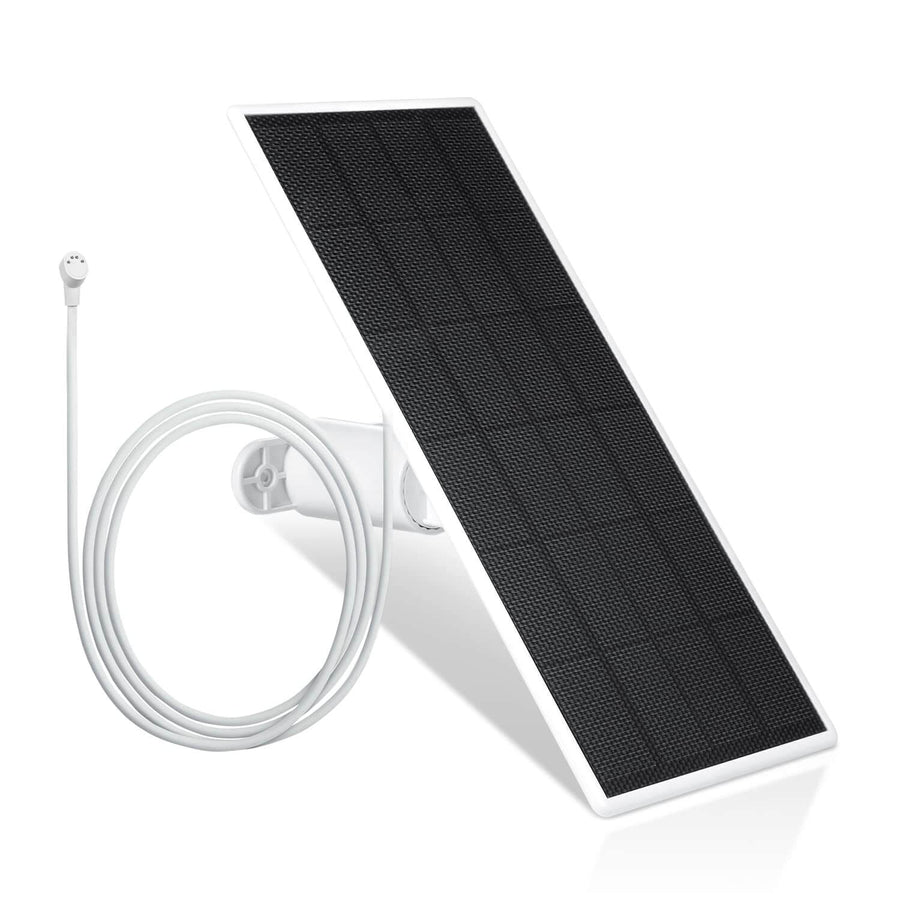
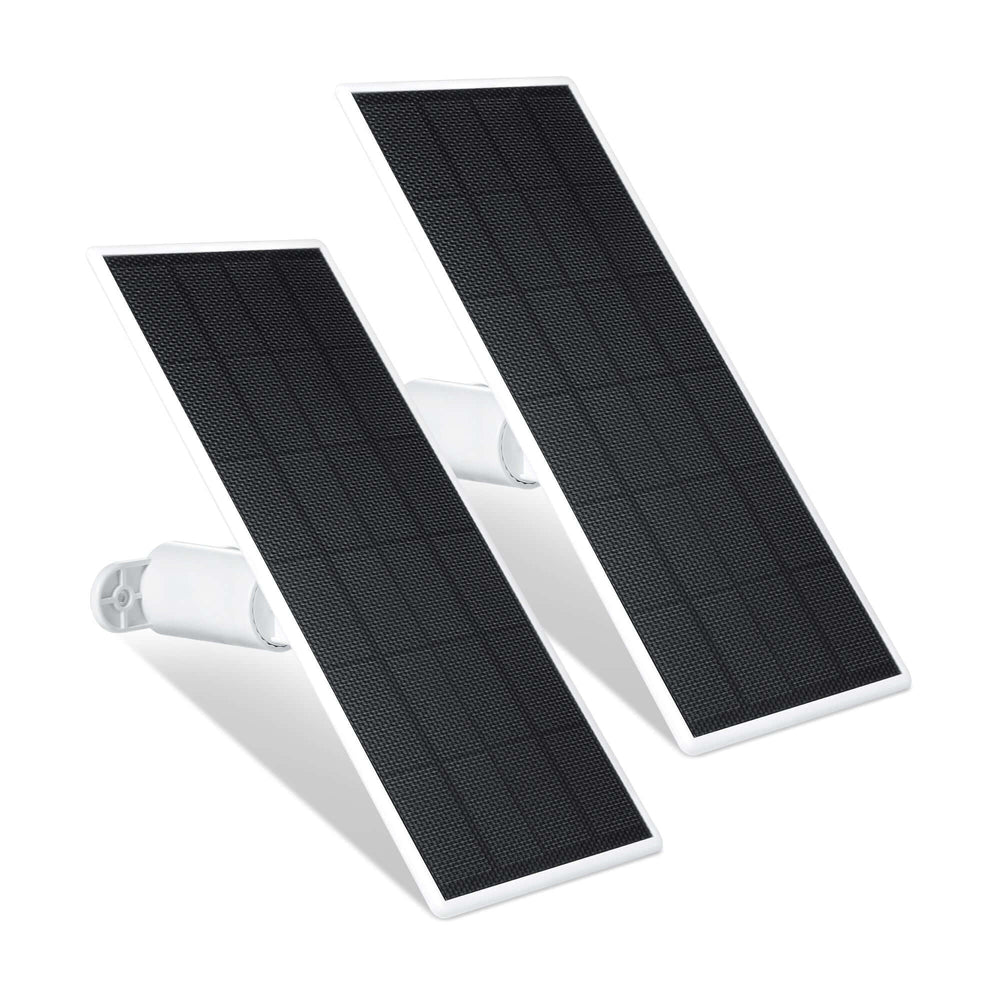

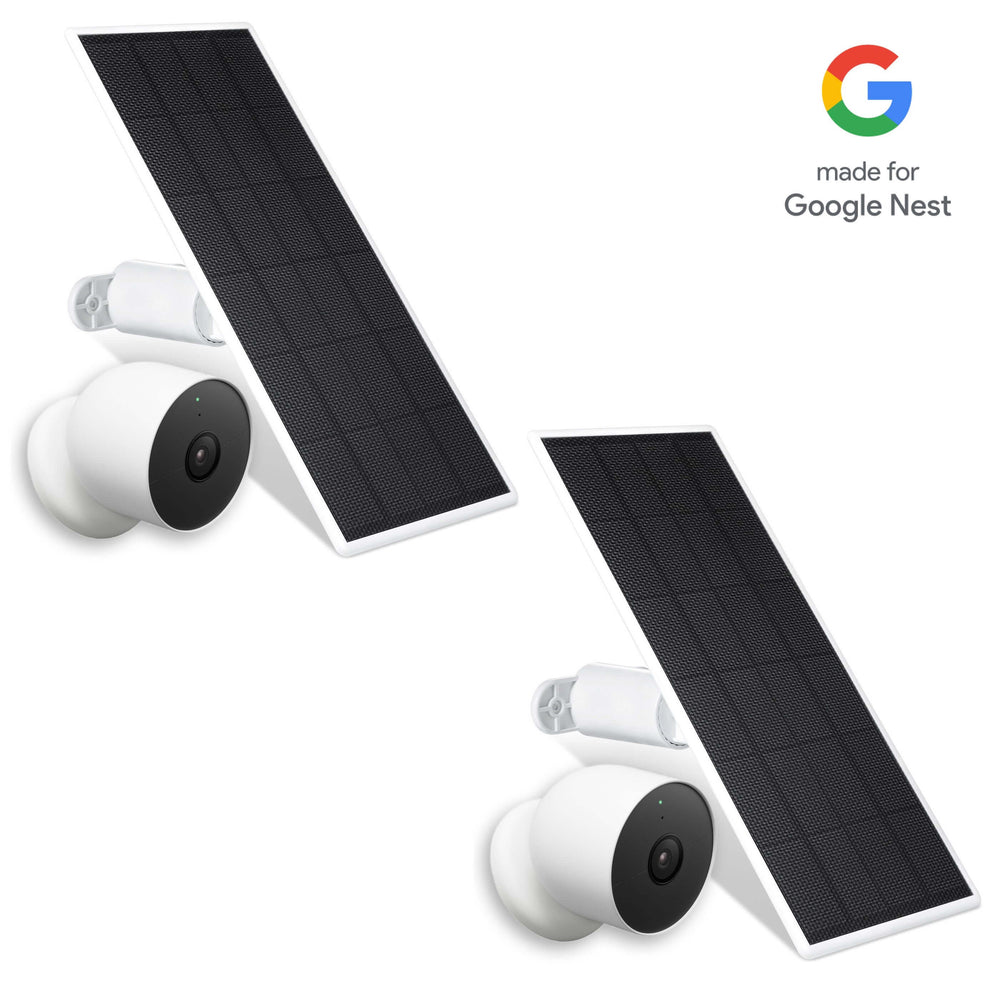
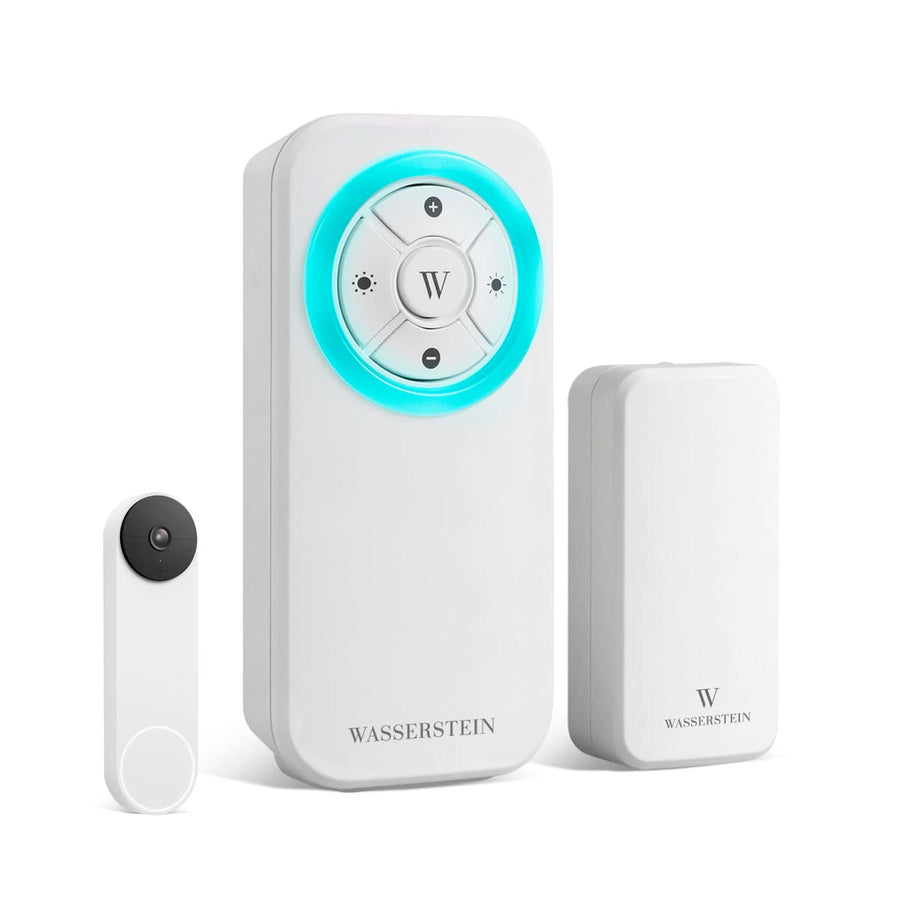
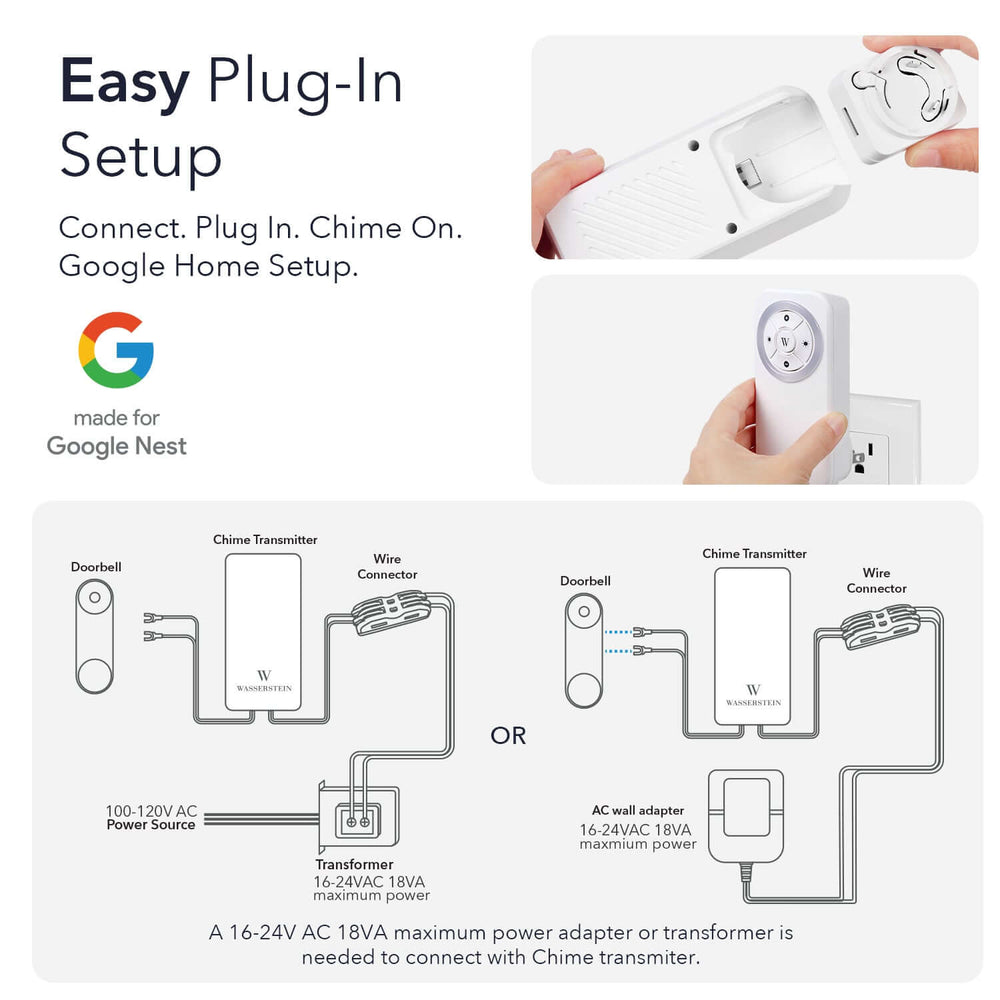
Leave a comment